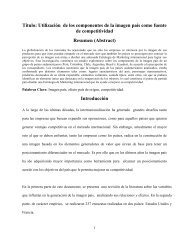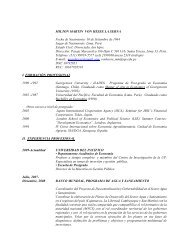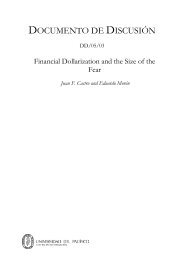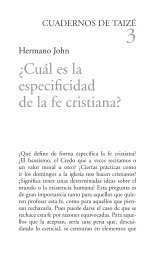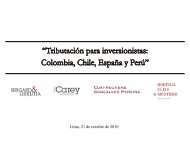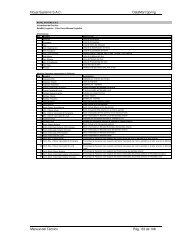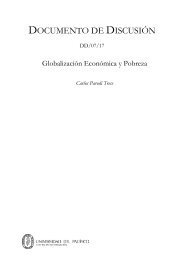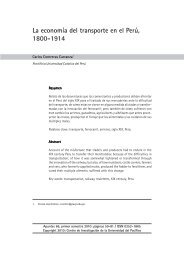Spices and Herbs
Spices and Herbs
Spices and Herbs
Create successful ePaper yourself
Turn your PDF publications into a flip-book with our unique Google optimized e-Paper software.
the market. After 1993 prices recovered <strong>and</strong> the market became<br />
more dependent on the actual size of annual crops. Prices gradually<br />
increased <strong>and</strong> after a stock depletion due to bad weather, they<br />
reached a record level in late 1997. In the first half of 1997 The<br />
Netherl<strong>and</strong>s increased its stock level, which explains the fact that<br />
Dutch imports were much higher than actual consumption that<br />
year.<br />
Between 1995 <strong>and</strong> 1997 imports increased by 30 per cent to a total<br />
volume of 18,201 tonnes <strong>and</strong> almost doubled in value. The high<br />
value in 1997 was mainly due to higher prices of black<br />
peppercorns (called “Lampong”) from Indonesia, which is also a<br />
major supplier of white pepper (“Banga” or “Muntok”).<br />
In 1995 44 per cent of Dutch pepper imports came from Indonesia.<br />
In 1997 Indonesia suffered from an extreme drought <strong>and</strong> was<br />
severely hit by the economic crisis in South East Asia. In that year<br />
only 22 per cent of Dutch pepper imports came from Indonesia.<br />
Instead, more pepper came from Singapore, Brazil, China,<br />
Malaysia (Sarawak) <strong>and</strong> from new supplying countries like<br />
Vietnam <strong>and</strong> India.<br />
27




